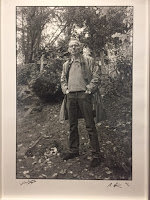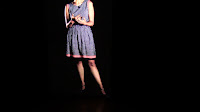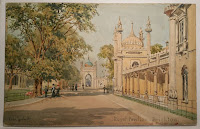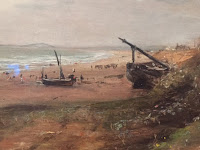Tea and Tequila

Fascinating talk at Charleston Farmhouse as part of the Charleston Festival with Joanna Moorhead author of a biography of her father’s cousin, the Surrealist painter Leonora Carrington. This was an interesting detective story as well as a biography as Joanna told us about how this relative had been the black sheep of the family who she had initially only known of though whispered conversations between relatives. She had realised Leonora had ended up in Mexico but it was only through a chance meeting with a Mexican art historian at a dinner party that Joanna realised that her aunt was still alive and a major artist in Mexico. Joanna told us the story of Leonora’s life from a debutant in 1935, through her artistic life in Paris with max Ernst, holiday’s with Lee Millar and Roland Penrose, being in an asylum in Spain and eventually escaping to Mexico. The chair of the event was Joanna Biggs who had edited Leonora’s short stories so the discussion was interesting about wh

























